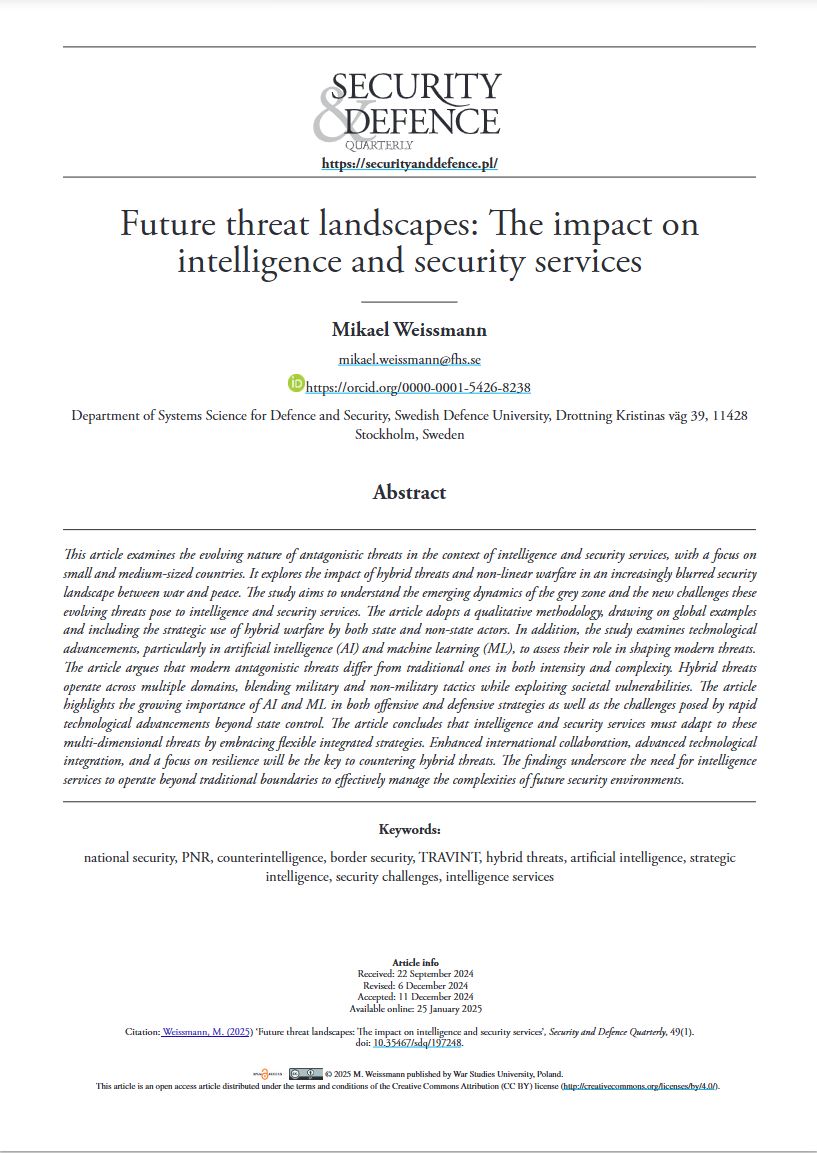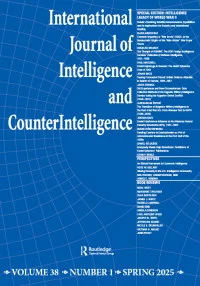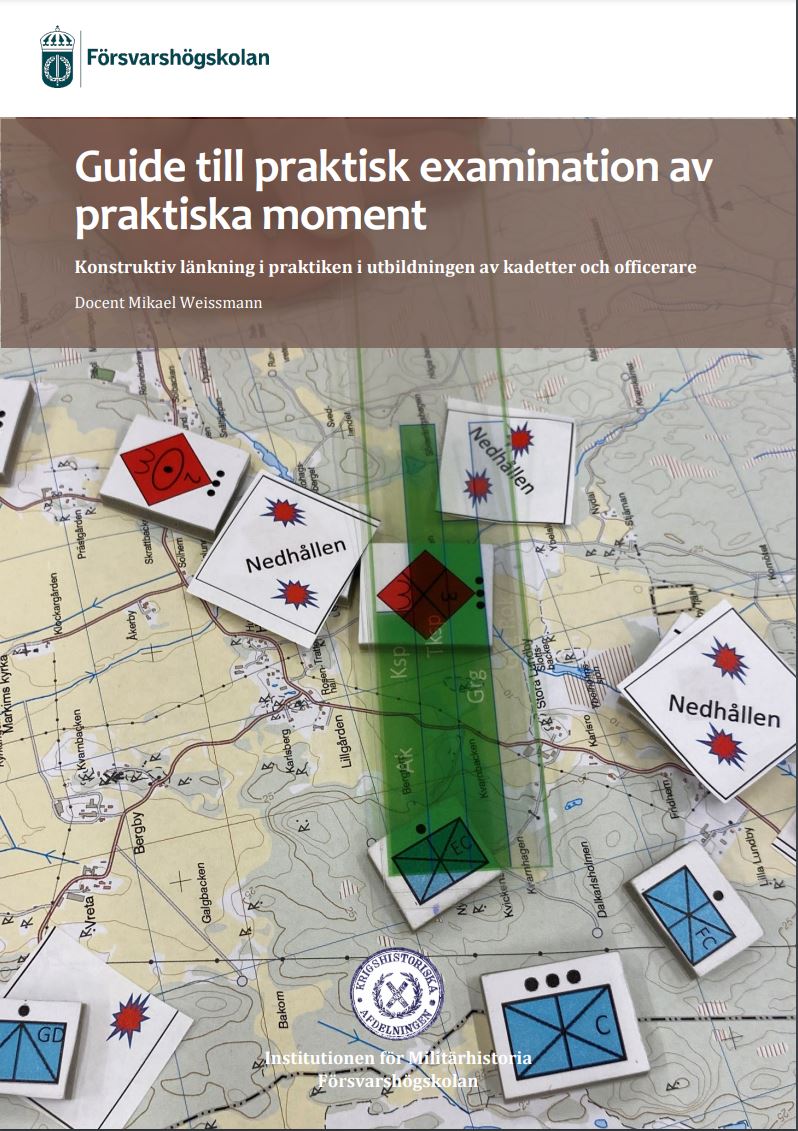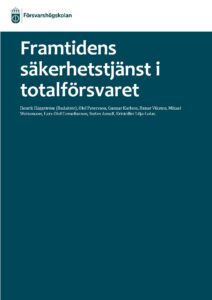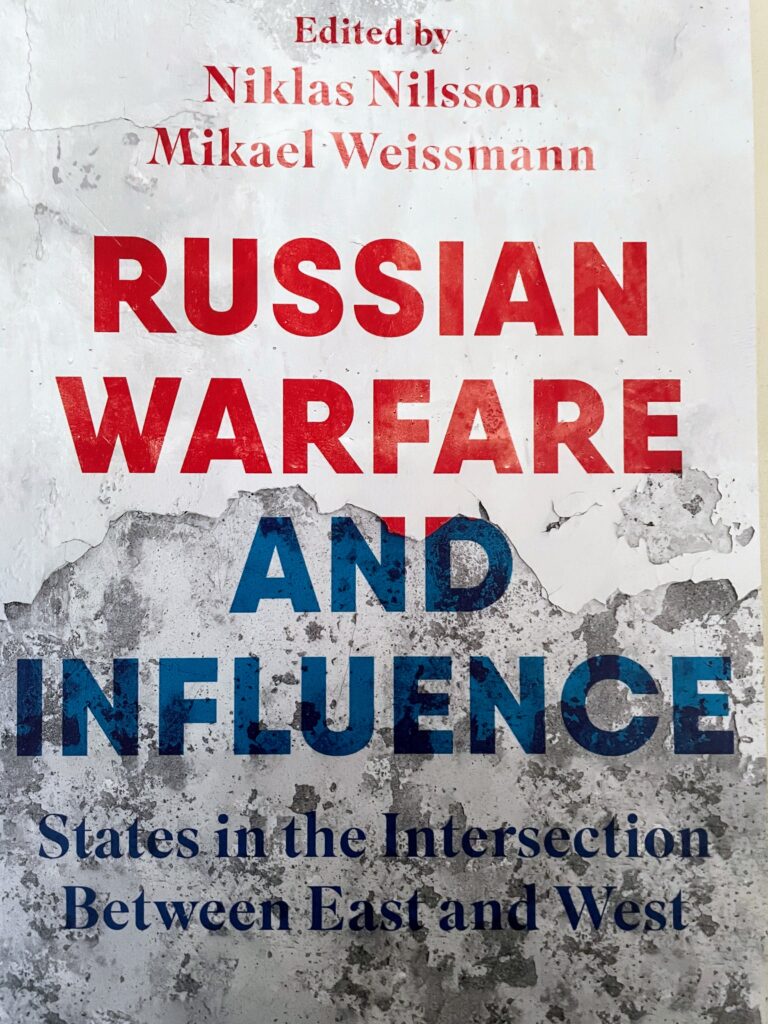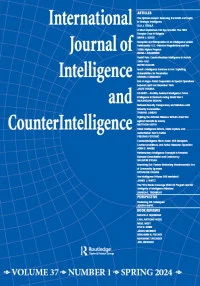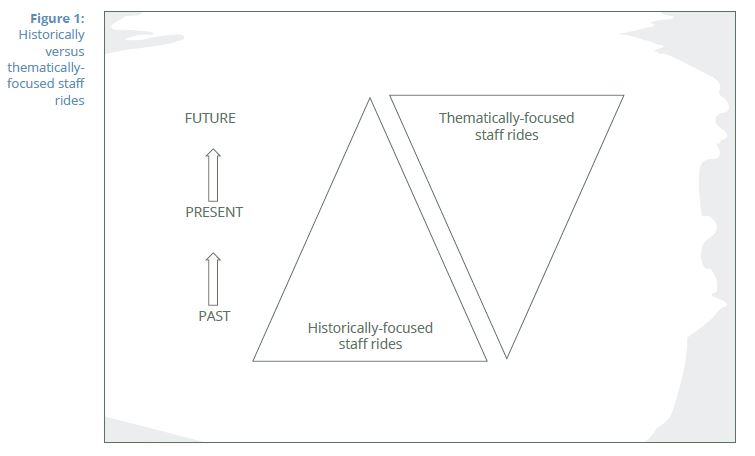
A new article, co-authored with Major Jonas Björkqvist of the Swedish Defence University, has been published in Contemporary Military Challenges.
🔹 Title: Staff Rides in Professional Military Education: Fusing History, the Modern Battlefield, and the Battlefield of the Future
🔹 Journal: Contemporary Military Challenges
🔹 Keywords: Staff rides, war games, professional military education, battlefield study
Abstract
This article examines the critical role of staff rides in professional military education (PME), emphasizing their ability to bridge historical military events with modern and future operational realities. It introduces a structured hybrid staff ride model that ensures relevance for today’s military leaders.
Key Insights from the Study:
✔️ The Hybrid Model – A structured approach balancing historical analysis with contemporary and future operational demands.
✔️ Pedagogical Planning Model – A framework for designing staff rides that ensures learning objectives are aligned with practical field activities.
✔️ Integration of War Games – A fully merged model combining staff rides and war games to enhance decision-making and problem-solving skills.
✔️ Historical Personas for Deeper Engagement – Assigning historical figures to participants, helping them immerse themselves in battlefield decision-making.
✔️ Comparison of Staff Ride Models – A review of international approaches, providing valuable insights for PME institutions worldwide.
These insights reinforce staff rides as essential tools for developing critical thinking, decision-making, and leadership skills in military education.
📖 Read the full article here: https://doi.org/10.2478/cmc-2024-0028

